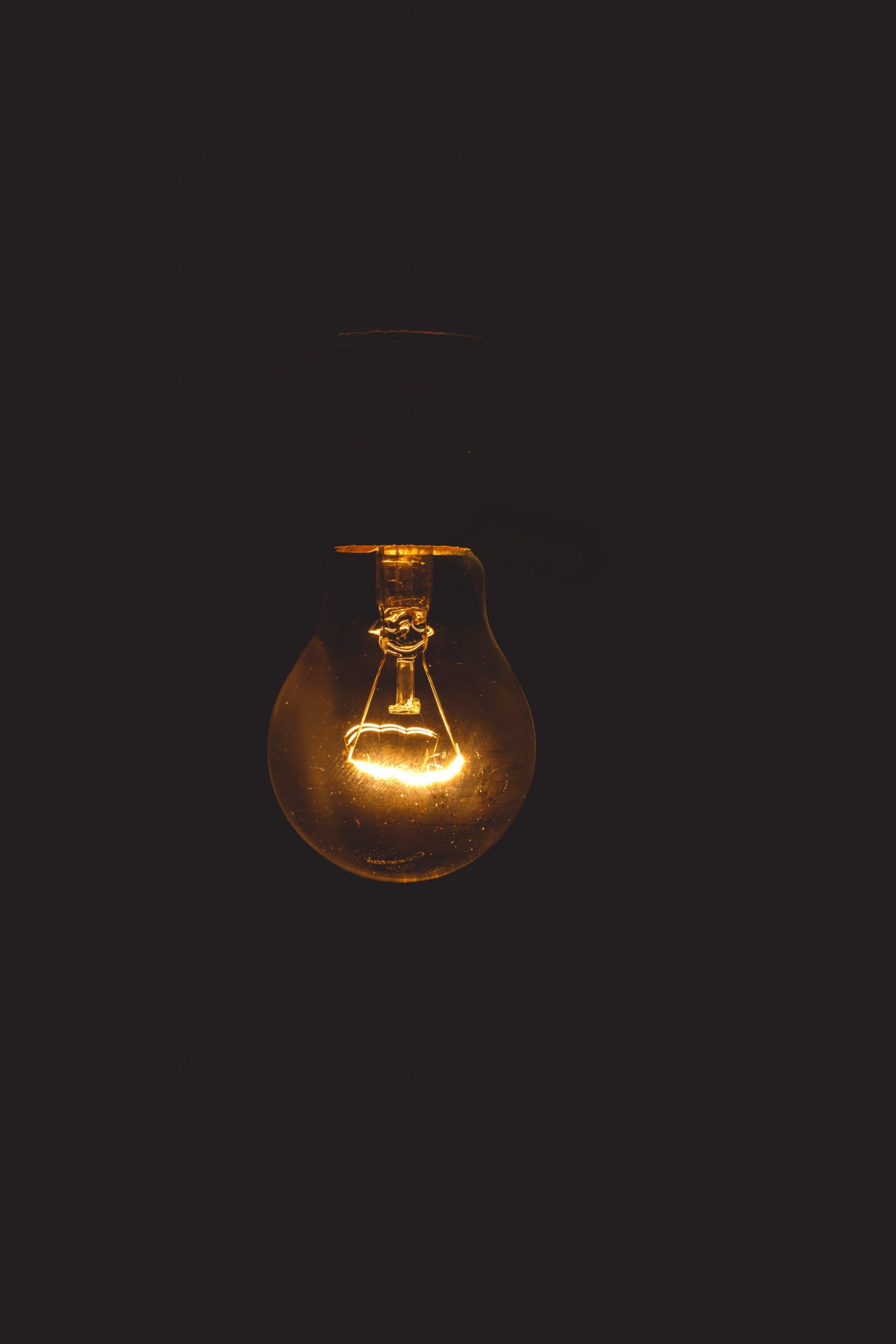When the power goes off, a generator can help your home or industry function. Many buy generators during major storms or during desperate situations. In such cases, several critical features of the power source are often overlooked. It is essential to take time and source the right information before arriving at a buying decision. Each generator has its unique performance attributes. The quality of power, cost, maintenance, fuel, and safety are some of the important factors to consider while buying a good generator. If you do not know much about them, electricity, and power backup, terms such as three-phase and single-phase may sound like jargon. It becomes difficult to comprehend. One thing you should know about hooking up a generator is that you must have a transfer switch to allow your home to switch on the backup power in case of a power outage.
Several industry experts share their views and the purpose of different types of generators. It is imperative to know the fundamentals of the power supply system to identify the type that you would require. Choosing the right generator to meet your power requirements requires you to distinguish between the single-phase and three-phase power systems. Here is a comprehensive description of both types to help you buy the right one.
Classification of Power System
In a generator, the power supply system is broadly classified as three-phase and single phase. When less power is required, a single-phase system ideally suits the purpose. It helps to run small loads and home appliances that require minimal power output. Brett Patterson from Ablesales.com.au says that if you are looking for a generator as an emergency source of power for your home, a single-phase generator is more practical than a three-phase one. The three-phase product is ideal for a large-scale application. Factories, industrial sites or a manufacturing unit use a three-phase power system to meet their increased power requirements.
Structural attributes of Single-phase and Three-phase
There are two wires to complete the circuit in the single-phase power system. The current is carried by the conductor and its return is facilitated by neutral. Such a setup provides up to 240 volts to fuel small household appliances. On the other hand, the three-phase generator is made of four wires that include one neutral and three conductors. Here, the conductors have placed 120 degrees apart from each other.
In a three-phase, delta or star configuration is used to draw power. Such a power system is continuous, and it does not drop to zero. Long-distance transmission of power is effectively performed by the star connection as it carries the neutral wire for the fault current. While the delta connection has no neutral and only three-phase wires. The three-phase ones can also be used as a single-phase power system by removing the neutral and one phase away.
The flow of power between Single-phase and Three-phase
With the above inputs, you would now be able to distinguish between the two types of generators. The powering system varies though the power produced remains the same in both variants. In the single-phase, as the name suggests, power is produced using a single voltage that alternates continuously. Thus, the generation of power is through a single wave. Whereas, the three-phase one works using three separate waves in a sequence. Such a setup brings about constant energy flow without allowing the power to drop.
Points of Comparison between Single-phase and Three-phase
Three-phase:
- The flow of power is mediated by three conductors
- The circuit is completed by making use of one neutral wire and three-phase wires
- Supplies power up to 415 volts
- Works with better efficiency for an industrial or factory setup
- As it operates using three phases, two phases continue to supply power irrespective of faults in one phase
Single-phase:
- The flow of power is mediated by one conductor
- The circuit is completed by making use of one neutral and one phase wire
- Supplies power up to 240 volts
- Efficient for household requirements
- In case of a fault, the power supply drops.
The final call on choosing the Right Generator
The choice of the generator primarily depends upon your budget and power requirement. Whether it is a single-phase or three-phase, both add to the convenience. It powers the needs of your home or factory. The difference in the number of conductors can ultimately bring about a huge impact on the power supply, flow, and efficiency. If you are trying to power basic home appliances with a lower initial budget, then there cannot be a better choice than the single-phase one. On the other hand, if you are running a factory site, opt for the three-phase ones to avoid costly downtime maintenance. Most importantly consider the reliability and safety of your power generator. Buy the best variant that meets your needs and enjoy the uninterrupted power supply.

